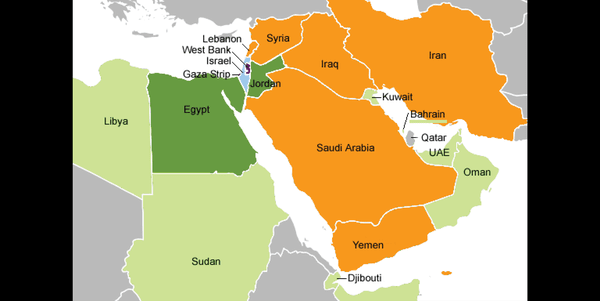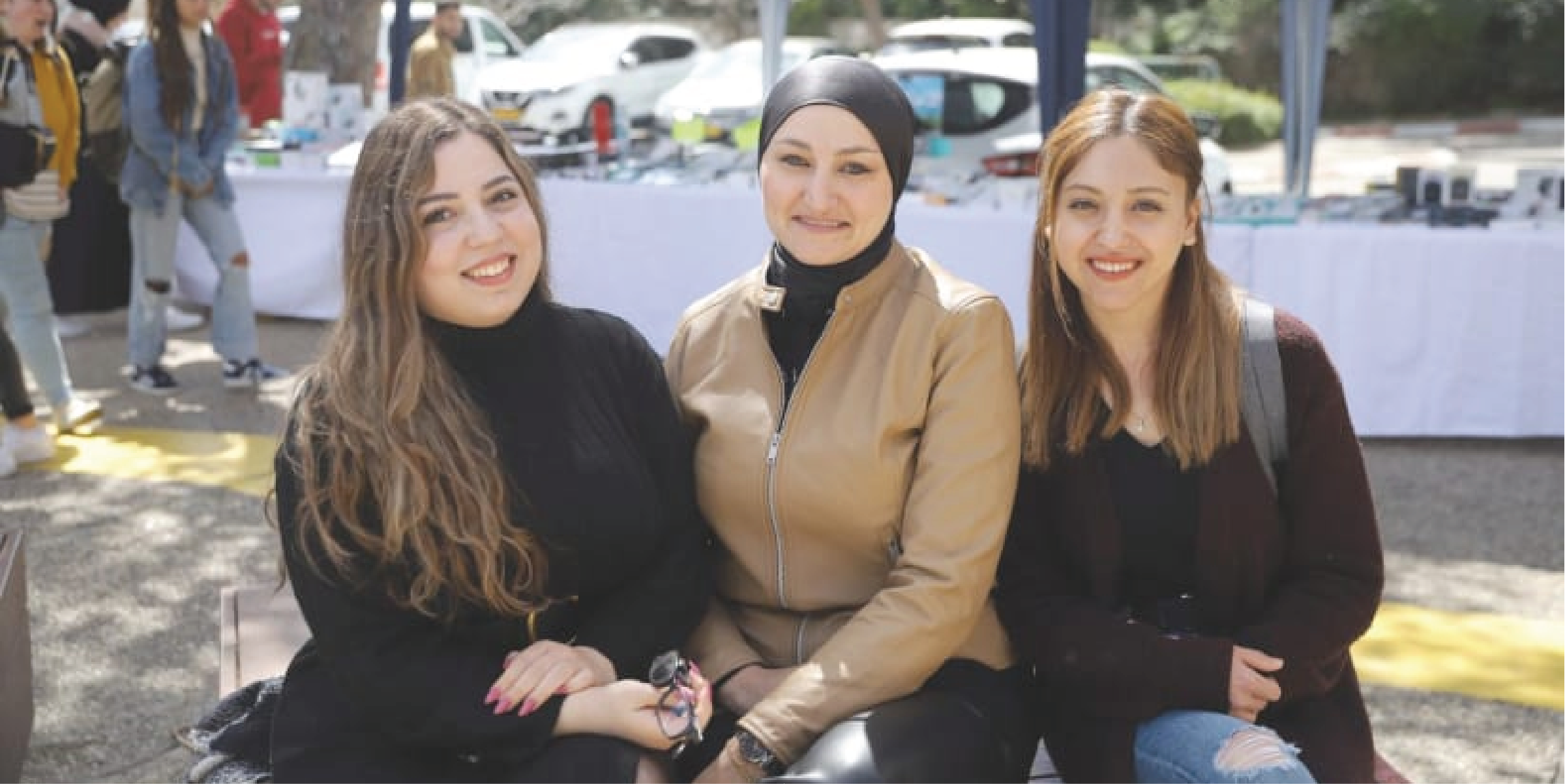Israel Preparing ’Micro Satellites’
September 20, 2011Israeli technological breakthroughs have lead to building new “micro” and “nano” satellites as well as others that are impervious to weather changes on Earth.
The nano satellites are cheap to manufacture and extremely cheap to launch since they weigh less than 22 pounds.
“We’ve recently begun working on micro and nano satellites. A micro satellite can be used for a variety of purposes. Nano satellites weigh only a few kilograms and are different than anything we’ve done so far. Instead of using one large satellite for an operation, we can use several small ones,” said Yechiel Shalev, head of the Israeli Aircraft Industries (IAI) Observational Satellite Department.
Twenty-three years after the IDF launched its first Ofeq satellite, Shalev said there have been significant developments in electro-optic observation satellites, communication satellites, the Amos satellite and the Synthetic Aperture Radar (SAR) used for radars.
In its final development stages, the SAR (Synthetic Aperture Radar) satellite receives transmissions using radars and thus is impervious to any weather changes on Earth. It will be able to receive pictures and transmit accurate information in any climate.
Almost twice as large as the other satellites, the Amos 4 is the largest communication satellite the IAI has ever created, according to Shalev.
“The Amos’s capabilities are measured by the number of transponders it has. The Amos 4 has more transponders and antennas, better suited for commercial purposes,” he explained. When launched, the satellite is expected to weigh 4.3 tons.
The OpSat 3000 is a new observation satellite, “This is a new generation of observation satellites and a continuation of the Ofeq program,” said Shalev. “The OpSat 3000 will operate better using technologies we developed here, including new optical and control systems. The pictures will be more accurate and at a higher resolution.”
The new satellite will have a telescope with a wider diameter than the Ofeq 9, enabling it to take better quality pictures. “In later models, we will also add a color telescope,” Shalev added.
“The development stages are risky and require a huge financial investment,” said Shalev. “We build models of all the systems and test them one by one to make sure everything works. And it’s worth it: we have a perfect record and every satellite that was launched is operating flawlessly for many years, as planned.”
Similar posts
-

Israel Is Held To A Higher Standard Than Any Country
April 25, 2024In the intricate tapestry of global affairs, one nation stands out for enduring scrutiny and condem...
-

Israel Has The Most Moral Military In The World
April 10, 2024In the heart of a region often riddled with conflict, Israel stands out not only for its technologi...
-

The Resilience of the Israeli People
April 2, 2024Visitors from around the world have seen Hamas's October 7th Massacre's destruction in southern Isr...
-

Israel: Small Size, Big Impact
March 21, 2024Nestled along the eastern edge of the Mediterranean Sea, Israel is a land of immense historical sig...
-

Israelis Are Fighting For Their Lives
February 21, 2024By Jonathan S. Tobin The world looks a lot different from Kibbutz Kfar Aza than it does in the U...
-

Over 2 Million Arabs Live In Israel
January 23, 2024In the complex landscape of the Middle East, where diverse cultures and identities intersect, Israe...
-

'Fauda' Star Idan Amedi Injured Fighting in Gaza
January 8, 2024Despite the severity of his injuries, Amedi's father assured Israeli news channels that his life is...
-

Israel Is A Great Country To Live In
December 28, 2023Nestled at the crossroads of the Middle East, Israel stands as a vibrant and dynamic nation, offeri...



















